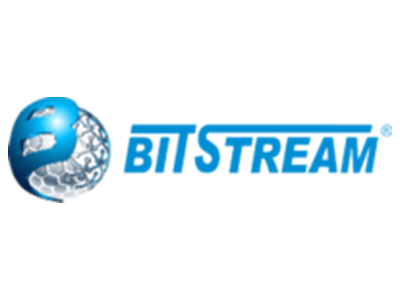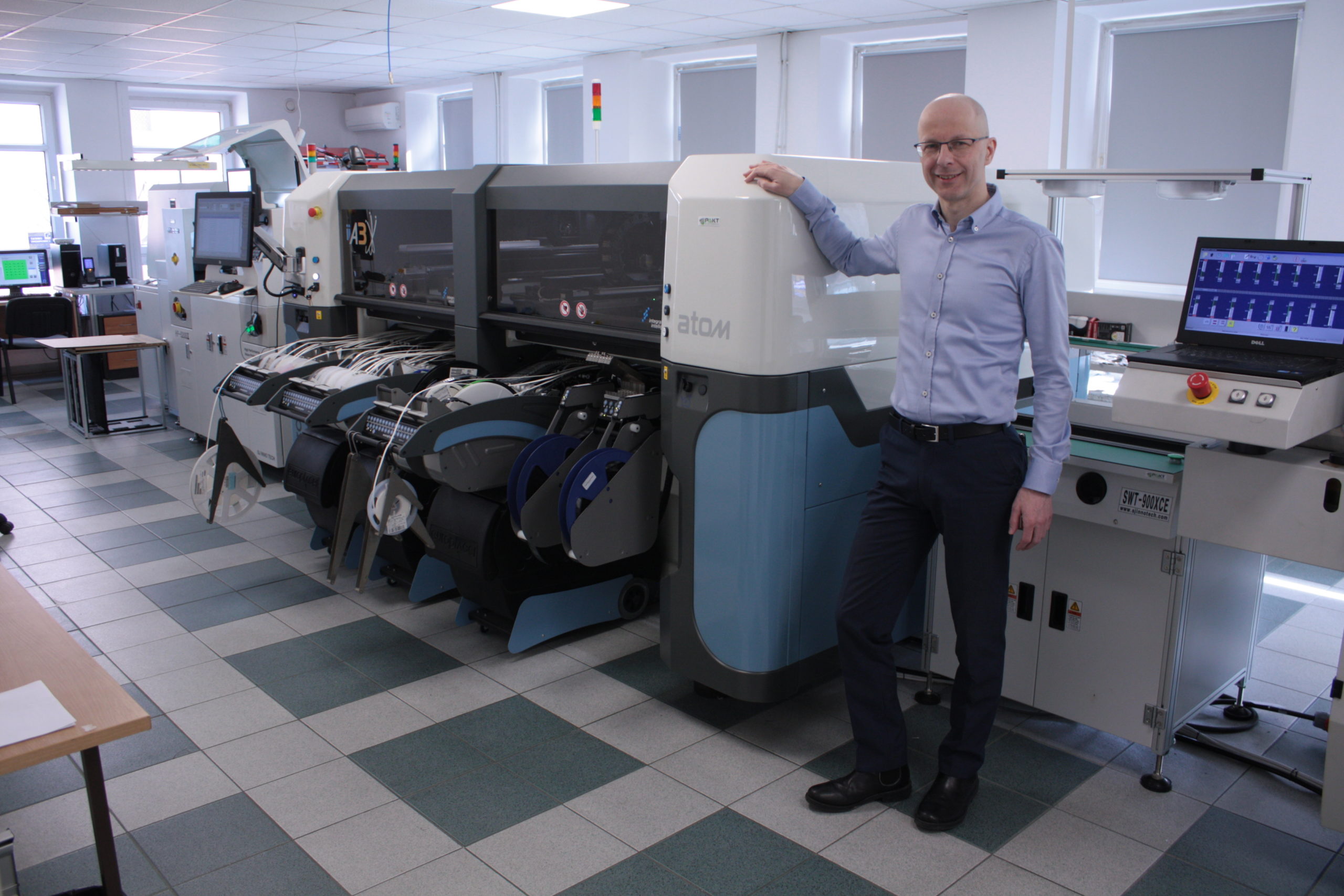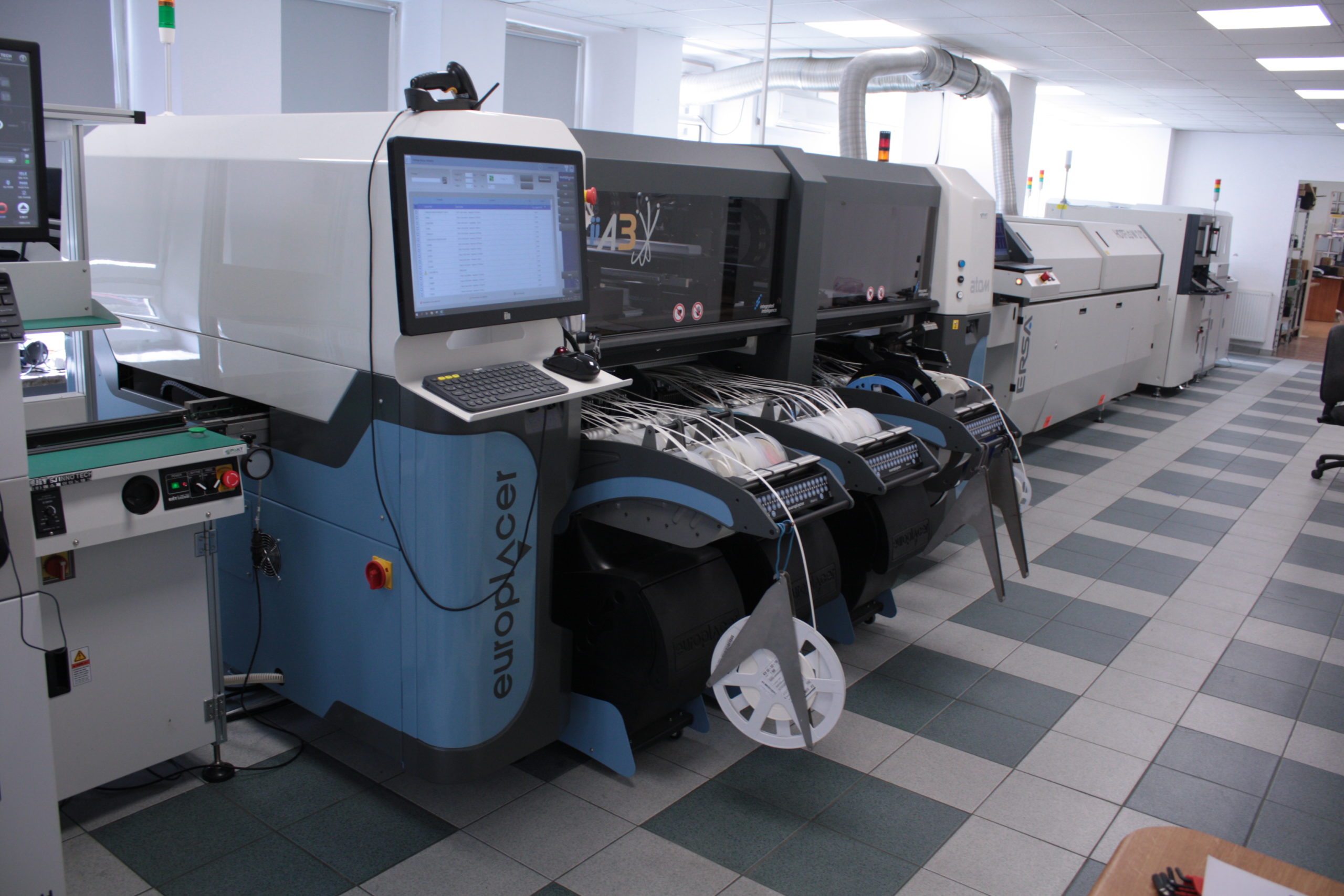SMT Production at Bitstream Poland Takes Advantage of New Atom Capabilities
Published: July 4, 2022

Based in Lublin, Poland, Bitstream is a leading manufacturer of time synchronization and reliable transmission solutions for the energy, telecommunications, automation and other industrial sectors. The company’s manufacturing comprises low to medium volume electronics with a high level of complexity where individual products are built from several different electronic modules. In 2019, Bitstream began to evaluate ways to increase its production throughput while retaining the flexibility required to manage frequent product changeovers on its surface mount assembly.
With the products in its range featuring many variants and selectable options, Bitstream manufactures to order with customisation taking place during the assembly process to include the features required by the customer. Accommodating these options on boards impacts the flow of the surface mount assembly process and demands regular changeovers.
As it became clear that Bitstream needed to modernise its surface mount assembly, Bitstream CEO Dariusz Pietrzyk and his team concluded that it was time to seek a more efficient SMT placement system. The team considered several pick & place vendors and initially anticipated that two SMT placement machines with complementary parameters – from a single supplier for reasons of software and hardware compatibility – would be the optimum in-line solution to its real-time customisation production challenge. It would allow efficient assembly with a high degree of complexity and miniaturisation while permitting fast production changeovers from one module to another.
The notion was to balance the SMT line by having one pick & place machine provide fast placement speeds, typically with chips and small devices, with the other machine delivering the flexibility needed to handle larger components. A specification was drawn up. Bitstream was able to successfully apply for European funding to finance the purchase, which required that certain parameters for the production uplift be the subject of a rigid requirement spec that could not easily be altered during the funding approval process.
Some placement systems reviewed offered mounting speeds that were fast but changeover times that were not. During its market research, the production team came across Europlacer through the company’s representative in Poland, Lukasz Kazmierczak of PAKT Electronics.
Kazmierczak recognised that the requirement spec published by Bitstream could potentially be met by a single Europlacer placement platform and introduced the team to the iineo+ machine. With the industry’s largest on-machine component inventory alongside legendary flexibility, iineo+ could handle the changeovers between batches and real-time customised product variants during assembly with ease. The iineo+ II model features a pair of Tornado turret heads and came close to meeting the peak placement speeds specified by Bitstream.
Then the Bitstream team evaluated the Europlacer Atom 3, a placement machine that features a single Tornado turret head with the flexibility to handle large components, supported by two Pulsar pipette heads designed for high-speed placement of chips and smaller devices. Rated at 65,000 components per hour (cph), Atom 3 exceeded the Bitstream requirement spec.
“Make no mistake, we were delighted to be granted European funding,” says Pietrzyk. “The iineo platform was certainly interesting and a contender for our performance challenge. It made us realise that perhaps a single machine could indeed achieve similar results to those we wanted. In addition, one machine would also deliver advantages in the speed of programming and in factory floor real estate. However, having specified some aspects of the equipment before we engaged with Europlacer, it was tricky to adjust our stated requirement specification during the evaluation process to make the most of Europlacer’s pick & place platforms,” he explains.
“Combining a large number of feeders with speed of operation made the Atom 3 the winner as the solution best suited to our needs.”
Dariusz Pietrzyk, Bitstream CEO
On-machine component inventory with a large number of feeders was a critical metric for Bitstream as many of its products are complex. Atom 3 offers the same inventory as the iineo platform in addition to higher speeds for the placement of chip parts. “It gives us valuable future proof potential for our production. We might need those speeds in a year’s time,” Pietrzyk points out.
The European funding comprised around a year of bureaucracy to finalise the finances and was followed by a further six months of specification requirement procedures. In total, the purchase cycle took almost two years. As a result, another aspect of machine flexibility has since come to light due to component shortages arising from the impact of coronavirus across the world. Bitstream production engineers already received components in trays, sticks and reels, none of which are a problem for a modern placement machine. “But now, we can often receive the same component in three different package formats, so the ability to handle a large inventory of parts and deal with different types is an unanticipated bonus of the Atom flexibility,” explains Pietrzyk.
The Atom platform was selected as a result of a stringent competitive bidding process, as required by EU funding protocols. Bitstream is pleased that the PAKT Electronics bid centring on the Atom 3 turned out to be the best in the procurement procedure. With training and some system optimisation behind them, the engineers are now able to do exactly what they expected.
One operator with 20 years of experience on the company’s previous placement platforms comments that the Europlacer machine is both faster and better. As Pietrzyk noted: “The Pulsar head speed is truly impressive. And yes, we did discover a couple of functions that didn’t perform as we expected but are happy to acknowledge that we may have been trying to apply techniques used on our older machines that are not relevant to Atom 3. Understandably for such high-end technology, it is a sophisticated machine and so good training is important to make the most of its capabilities. We are now fully familiar with the system and can see that it will satisfy our production needs until at least the end of next year, at which point we will need to find more floorspace for another Europlacer machine!”
Asked what he would do differently in repeating the requirement spec process, Pietrzyk notes he would focus less on the need for speed. “Flexibility has turned out to be far more important,” he says. “Combining a large number of feeders with speed of operation made the Atom 3 the winner as the solution best suited to our needs. It has changed the way we do our production”.






